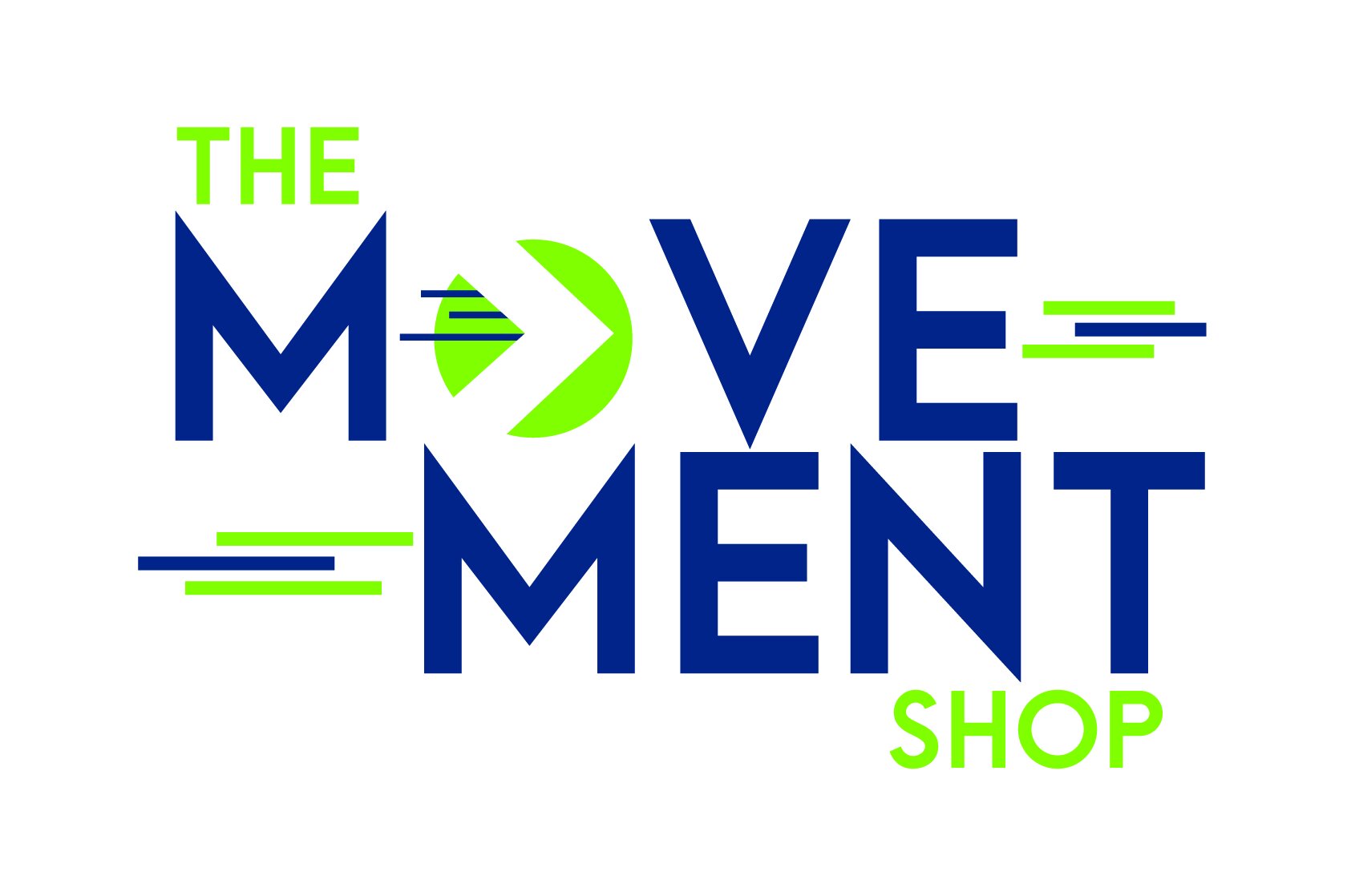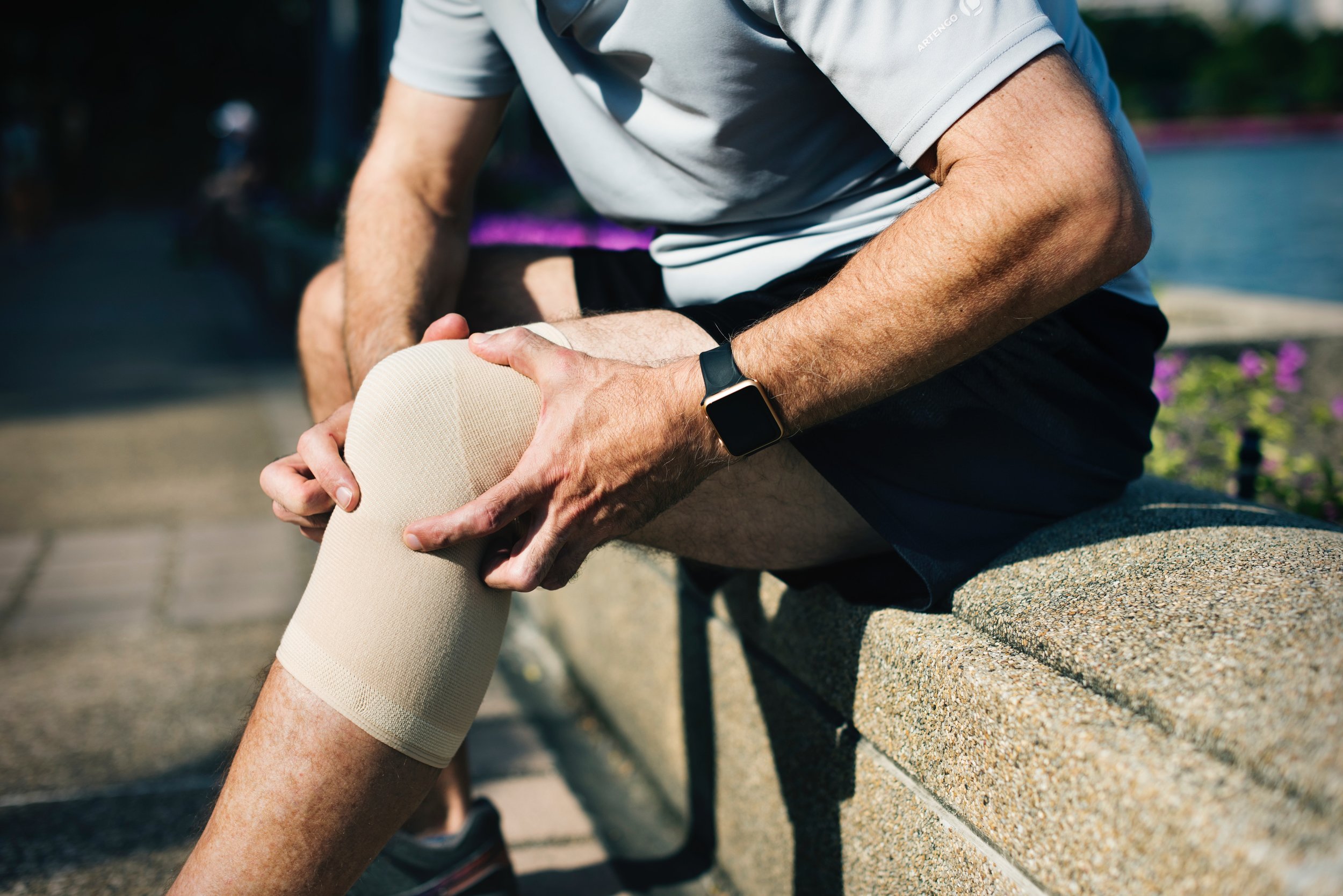ACL Repair
The anterior cruciate ligament is a vital ligament to knee stability when starting and stopping with running, cutting, and jumping/landing. It keeps the tibia (long bone bone below the knee) from sliding forward too far. When the ACL tears and the tibia slides forward other structures can be damaged such as the meniscus, MCL, cartilage, blood vessels, and joint capsule. Obviously with all the damage that can occur it is important to identify the issues ASAP. That is why you see the trainers and doctors rush out to athletes with knee injuries.
In order to repair the ACL and re-stabilize the knee, the surgeon takes a portion of one of two tendons and threads it from the femur (long bone above the knee) into the tibia and anchors it down to both bones. While in surgery the doctor will also repair any other damaged structures leading the rehab to change due to healing time.
There are 4 stages of rehab/recovery from an ACL repair:
The protection phase involves immobilizing or limiting the mobility of the knee to allow the repair to stabilize and heal. Rehab involves swelling management, muscle activation, education, monitoring the wounds, moving within the protocol, and pain management.
The mobility phase is to return the knee to normal motion while not stressing it too much. In some cases, the knee can be stiff due to the patient trying to protect it or scar tissue. If there is too much protection having a great therapist is vital to help over fears.
The strengthening phase begins once the knee has healed and stabilized. Then, we can begin adding forces to strengthen the knee. There is an implementation of strengthening earlier for the hip and quad muscles to reduce muscle wasting. This phase is more functional strengthening such as leg press/mini squats etc.
Return to play is the last phase, and it involves activities geared toward what the patient’s goal is such as sports. This is the fun phase for both patient and therapist. It is also one of the more important phases to reduce the risk of re-injury.
How long it takes to return to sport is different with each person, but it can be discussed during your first visit. If you have any questions about ACL rehab, please use the form below, and we will respond as soon as possible.

